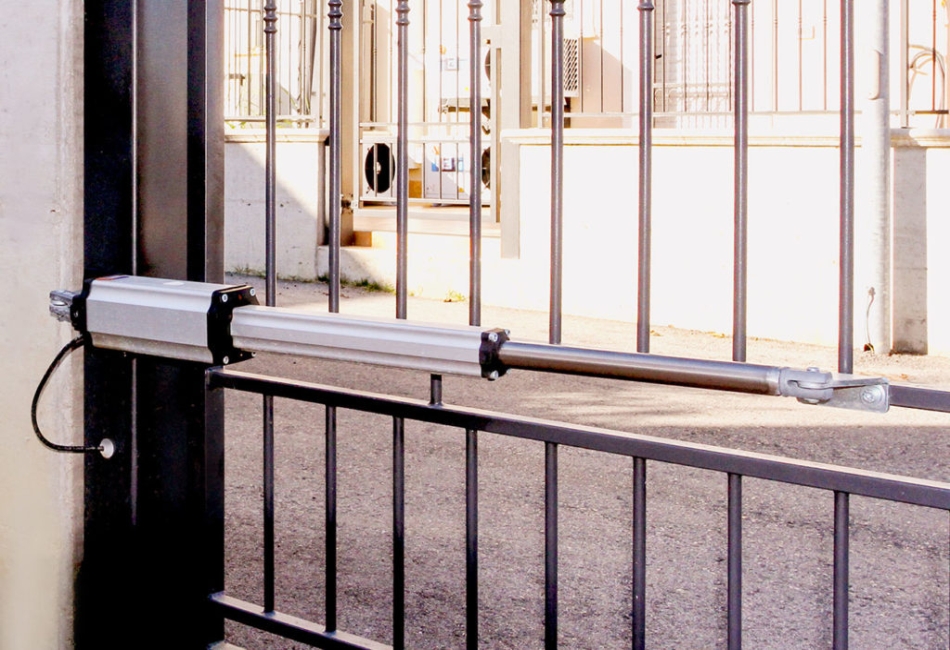In the world of automation and motion control, linear actuators play a pivotal role in converting rotational motion into linear movement. They are used across countless industries—from agriculture and manufacturing to healthcare and home automation. Whether you’re upgrading machinery or building a custom automation project, selecting the right linear actuator is critical to ensuring precision, efficiency, and durability.
For buyers in Australia, the vast landscape of industrial environments, climate conditions, and sector-specific requirements adds a few more layers to this decision-making process. This article will guide you through the key considerations when choosing the right linear actuator for your application in Australia.
What Is a Linear Actuator?
A linear actuator is an electromechanical device that creates motion in a straight line. Unlike electric motors that produce circular motion, actuators push or pull a load along a linear path. These are commonly used in:
- Industrial machinery
- Solar panel tracking systems
- Agricultural equipment
- Adjustable medical beds and chairs
- Robotics and automation
- Home automation (e.g., motorized TV lifts, window openers)
1. Define Your Application and Load Requirements
Before choosing a linear actuator, the first and most important step is to identify the exact use-case and environmental conditions it will operate in.
- What is the purpose? Will it lift a TV, adjust a hospital bed, or control a valve in an industrial process?
- What is the load weight? The actuator’s force capacity (measured in Newtons or kgf) must match or exceed the load it needs to move.
- How far must it travel? The stroke length is the total distance the actuator shaft extends and retracts. Stroke lengths vary widely, typically from 50mm to 1000mm or more.
Australian Tip: In agriculture or mining, actuators often operate outdoors. Look for units with IP-rated weather protection, and check for UV resistance or sealing against dust and rain.
2. Choose the Right Actuation Method
There are several types of linear actuators australia, each suited for different tasks:
1. Electric Linear Actuators
Most common and easy to integrate, electric actuators are powered by a DC or AC motor. They are best for:
- Home and office automation
- Light to medium industrial tasks
- Medical devices
2. Hydraulic Linear Actuators
Hydraulic actuators use fluid pressure to generate high force and are ideal for:
- Heavy machinery
- Construction equipment
- Farming tools
However, they require pumps and maintenance of hydraulic fluid.
3. Pneumatic Linear Actuators
These use compressed air and are great for fast, repetitive motion in clean environments such as:
- Packaging lines
- Food processing
- Pharmaceutical plants
Australian Tip: In rural or remote areas, where maintaining hydraulic or pneumatic systems can be challenging, electric actuators offer an efficient, low-maintenance alternative.
3. Consider Voltage and Power Supply
Electric linear actuators are powered by either:
- 12V or 24V DC: Common for automotive, solar tracking, and home use
- 110V or 240V AC: Better suited for industrial machinery or applications connected to mains power
In Australia, the standard power supply is 240V AC, so make sure your actuator is compatible or comes with a proper power converter.
4. Speed vs. Force Trade-Off
Linear actuators often involve a trade-off between speed and force:
- High-speed actuators typically offer lower force
- High-force actuators move more slowly due to mechanical gearing
Identify what matters more in your application. For instance:
- Solar panel tilting: Prioritize force over speed
- Automated gates: Balanced speed and force
- Adjustable furniture: Smooth, quiet, medium-speed movement
5. Duty Cycle and Lifespan
Duty cycle refers to how often an actuator can run within a given period without overheating. For example, a 25% duty cycle means the actuator can run for 15 minutes per hour.
For continuous or frequent use (e.g., factory automation), look for actuators with a high-duty cycle (50% or more) and durable internal components like steel gears and ball screws.
Australian Tip: In high-temperature regions like the Outback, internal heat builds up faster. Choose actuators with thermal protection or higher tolerance to ambient temperatures.
6. Environmental Conditions and Ingress Protection (IP) Rating
Australia’s diverse climates—from humid coastal areas to dry desert regions—demand actuators that can handle tough conditions.
Look for:
- IP65 or higher rating for dustproof and water-resistant applications
- Stainless steel or anodized aluminum housing for corrosion resistance
- UV protection for actuators exposed to direct sunlight
7. Mounting and Control Options
Ensure the actuator comes with appropriate mounting brackets, clevis mounts, or custom end fittings to suit your design. Also, consider control systems:
- Wired switches
- Remote controls
- Programmable logic controllers (PLCs)
- Smart integrations (Bluetooth, IoT, or app-based)
Australian Tip: For smart homes or off-grid solar setups, look for actuators that are compatible with 12V solar systems and remote wireless controllers.
8. Local Availability and Support
When sourcing a linear actuator in Australia, check whether:
- The product is readily available domestically
- The supplier offers warranty, technical support, and replacement parts
- Delivery times are reasonable (especially if you’re in remote areas)
There are numerous reputable Australian suppliers and distributors specializing in linear actuators and motion control solutions—buying locally often ensures faster support and compliance with Australian standards.
Conclusion
Choosing the right linear actuator in Australia comes down to understanding your specific requirements and matching them with the actuator’s specifications. Consider load, stroke length, power supply, speed, environmental protection, and mounting needs. With the right actuator, you can achieve smooth, reliable, and precise motion in virtually any application—from factory floors to farm fields and modern homes.
Investing in a quality actuator tailored to Australian conditions ensures longevity, reduces maintenance, and ultimately enhances the efficiency of your system. Whether you’re a manufacturer, engineer, or DIY enthusiast, the right linear actuator is the foundation of successful automation.
